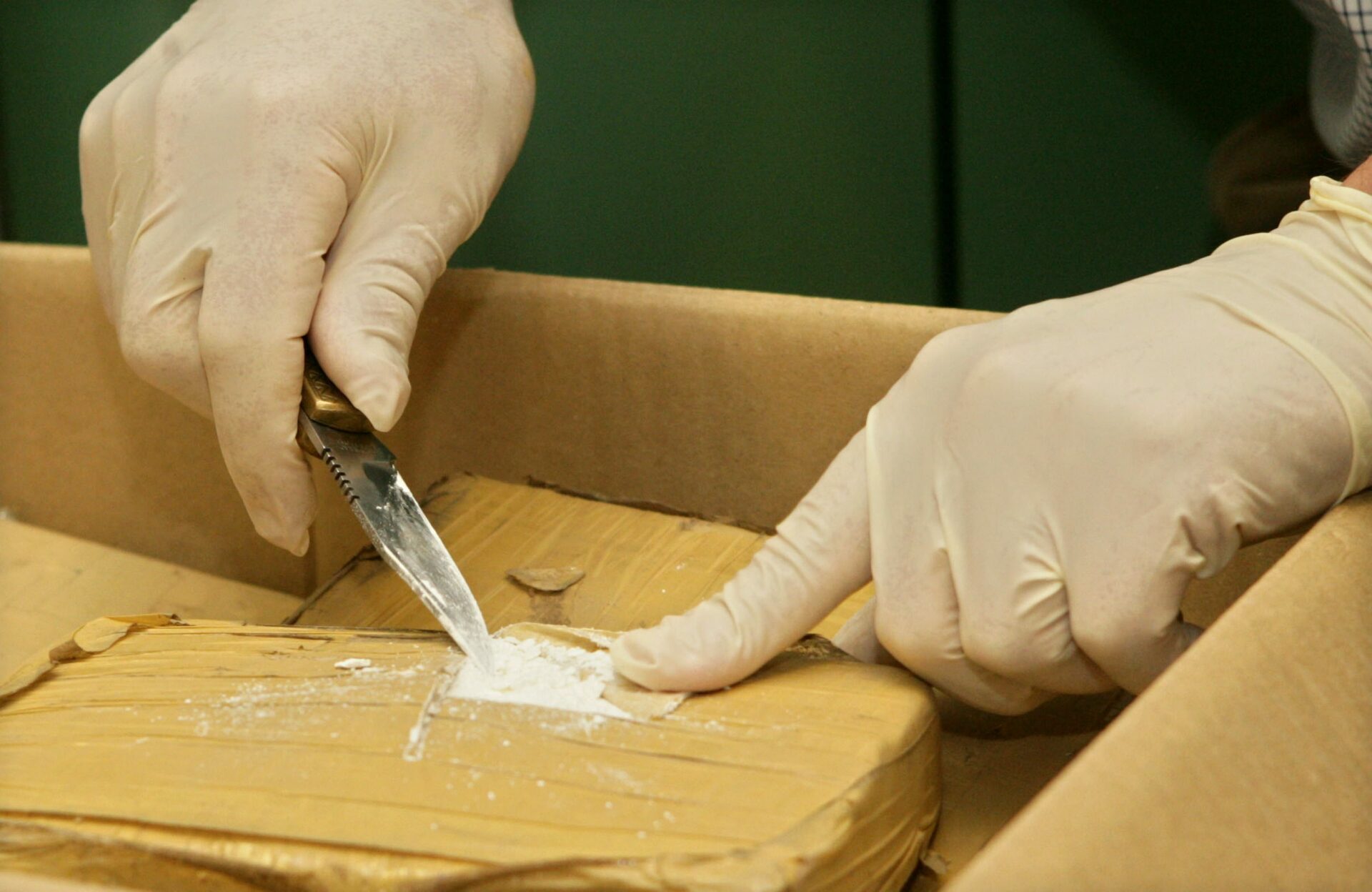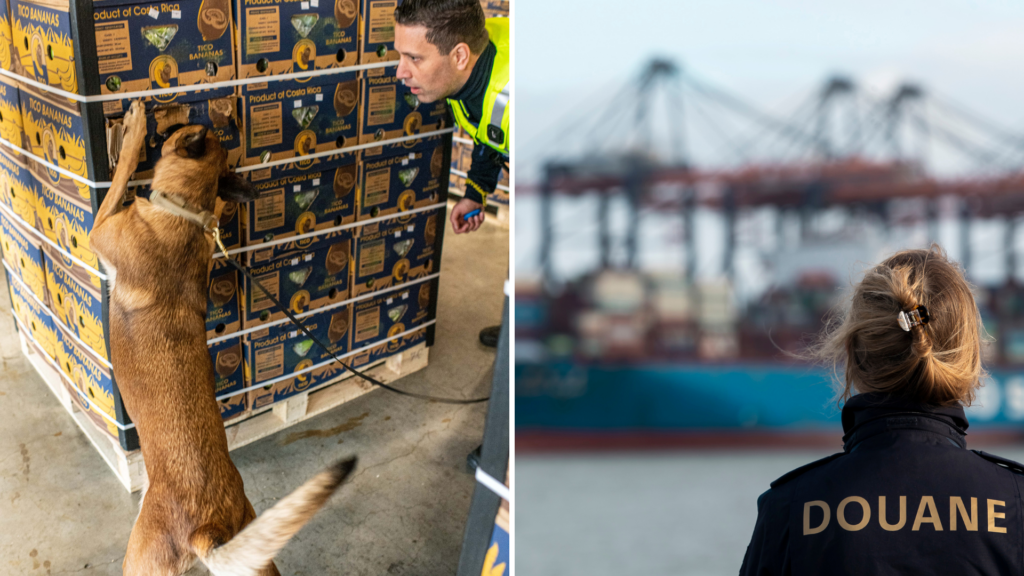Antwerp is not likely to lose its status as the preferred entry point for cocaine smuggled into Europe. But huge seizures at the city's port are becoming less frequent, possibly because tougher controls have put gangs off sending massive shipments.
Where drugs are concerned, the Port of Antwerp-Bruges has been a victim of its success. Through doubling of its capacity in the past 20 years it has become Europe's second-largest port and critical to trade across the continent.
This has also made it attractive to drug gangs: over 70% of cocaine enters Europe through the ports of Antwerp and Rotterdam (the Dutch port is the biggest in Europe). Investigators in Antwerp seized a record 121 tonnes of cocaine in 2023.
Security checks have been stepped up, with significant investments in customs technologies and international cooperation. But while Interpol recently noted that both the number of seizures and the volumes of cocaine seized are growing across Europe, the Belgian Customs Authority's half-year figures paint a more nuanced picture of drug detection in Belgium.
For the first six months of 2024, the number of drug busts in and around the Port of Antwerp-Bruges has remained the same. But the volume of those seizures is falling.
"62 customs seizures accounting for 22,276 kg of cocaine. The trend of recent years continues unabated," the authority noted. But this is a marked reduction to customs figures for the same period in 2021 (57,000 kg) and 2023 (44,000 kg).
The 'waterbed effect'
A similar trend was seen in the Netherlands, Dutch customs reported on Tuesday. "Just" 16 tonnes of cocaine was intercepted in Dutch seaports by mid-2024 – down from 28 tonnes in the same period last year.
Kristian Vanderwaeren, administrator general of customs, told Belga News Agency that sustained seizures and arrests have led criminals to "reduce the quantities because they know we are scanning more. Because the maritime police monitor more, the port of Antwerp-Bruges is becoming less interesting for smuggling drugs to Europe. We still remain 'target' number one, though."

Credit: Lieven van Assche / Belga.
Vanderwaeren stresses that increased surveillance may lead to a "waterbed effect" – when efforts to clamp down in one area displace the problem elsewhere. "Some of the trade is shifting to Spain and the route via West Africa also remains popular."
Whether smuggling into Europe will be permanently altered is unclear. The fact that customs continue making roughly the same number of seizures can be explained by the new scanners, which can scan risk containers on the quays rather than moving them to border inspection posts. This ensures swifter detection.
Doubling down on efforts
The latest figures indicate that the huge interceptions of recent years may be a thing of the past. But customs authorities remain vigilant: "Cocaine will continue to flood Antwerp. The battle is not over".
And as demand for cocaine grows in Europe, smugglers remain eager to exploit the lucrative trade. Production of the "white gold" in Latin America (particularly in Colombia, Bolivia and Peru) has risen year-on-year since 2014. Cocaine use and seizures in Europe are also on the rise: 184 tonnes were seized in Europe in 2020; in 2023 this almost doubled (around 340 tonnes).
"This has far-reaching consequences: availability of cocaine has increased, social and health costs are soaring, drug-related violence is on the rise, and creativity in smuggling knows no bounds," said Vanderwaeren. The figures show that the "rip-off" smuggling method – which involves hiding cocaine in legitimate cargo – is still most common. Stashing contraband in the deck cargo and container construction are also popular.
To combat the trade, two more scanners will be put into use at the Port of Antwerp-Bruges. Belgian authorities are also cooperating with authorities in Latin America and elsewhere, to prevent drugs from being exported in the first place. Sierra Leone tops the list of origin countries for cocaine travelling to Antwerp, followed by Colombia and the Dominican Republic.

